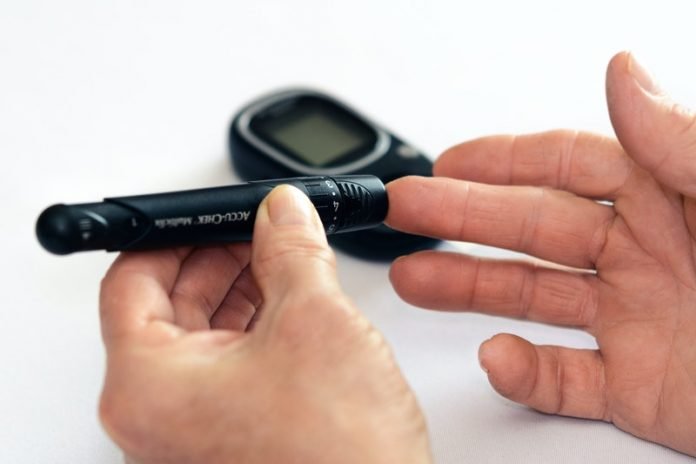
In a new study, researchers may have discovered a safe new way to manage blood sugar non-invasively.
They found exposure to electromagnetic fields (EMFs) for relatively short periods reduces blood sugar and normalizes the body’s response to insulin.
Exposing diabetic mice to a combination of static electric and magnetic fields for a few hours per day reduces the major symptoms of type 2 diabetes.
Experiments on human liver cells confirmed the findings.
The effects are long-lasting, opening the possibility of an EMF therapy that can be applied during sleep to manage diabetes all day.
The research was conducted by a team from the University of Iowa.
EMFs are everywhere; telecommunications, navigation, and mobile devices all use them to function. EMFs are also used in medicine, in MRIs and EEGs, for example.
However, very little is known about how they affect biology.
On their hunt for clues to understand the mechanisms underlying the biological effects of EMFs on blood sugar and insulin sensitivity, the team reviewed literature from the 1970s investigating bird migration.
They found that many animals sense the Earth’s electromagnetic field and use it to orient themselves as well as for navigation.
In the study, the researchers showed that the combined wireless application of static magnetic and electric fields modulates blood sugar in three different mouse models of type 2 diabetes.
They also showed that exposure to such fields, approximately 100 times that of the Earth’s, during sleep, reversed insulin resistance within three days of treatment.
The findings suggest that EMFs alter the balance of oxidants and antioxidants in the liver, improving the body’s response to insulin.
This effect is mediated by small reactive molecules that seem to function as “magnetic antennae.”
In addition to the mouse studies, the researchers also treated human liver cells with EMFs for six hours and showed that a marker for insulin sensitivity improved strongly, suggesting that the EMFs may also produce the same anti-diabetic effect in humans.
The researchers are energized by the possibility of translating the findings to human patients with type 2 diabetes.
In terms of safety, the World Health Organization considers low energy EMFs safe for human health. The UI study also found no evidence of any adverse side effects in mice.
One author of the study is Calvin Carter, Ph.D.
The study is published in Cell Metabolism.
Copyright © 2020 Knowridge Science Report. All rights reserved.



